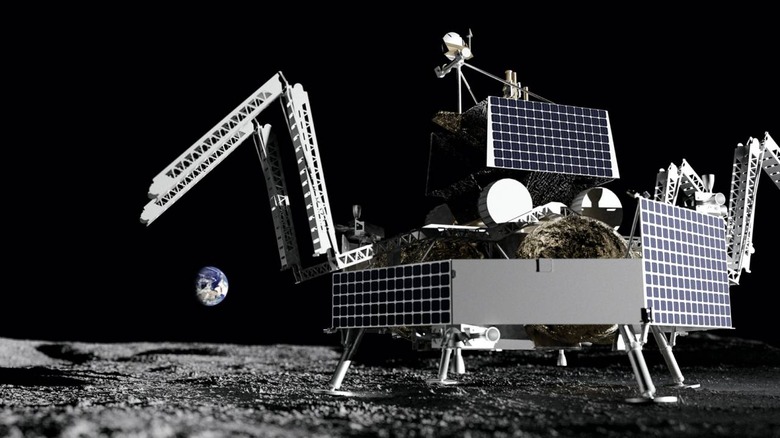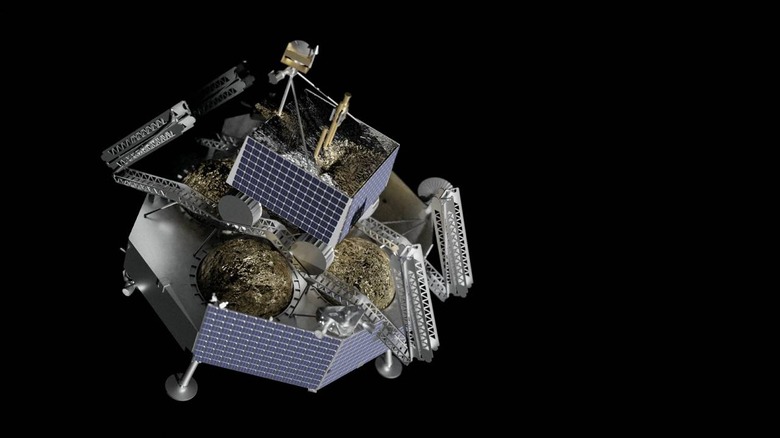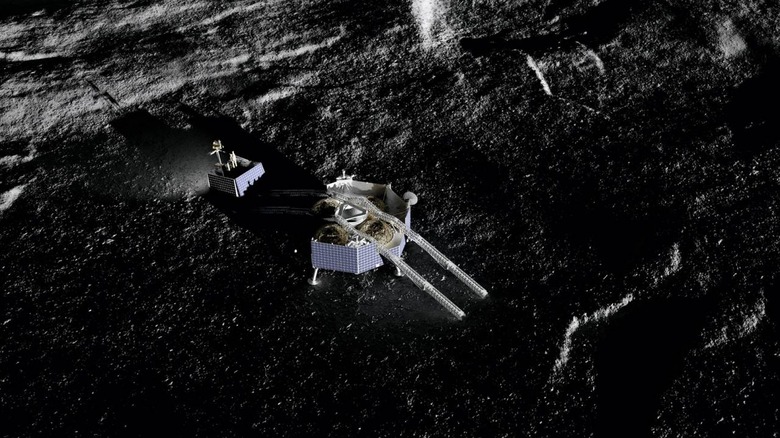NASA Reveals Water-Hunting VIPER Rover's Ride To The Moon
NASA has named the company which will take its new Moon rover up to play on the lunar surface, paving the way for a crewed mission by hunting for potential resources for future astronauts. The $199.5 million contract for NASA VIPER was awarded to Astrobotic, which plans to use its Griffin lunar lander to safely take the rover out to its new home.
It's an important mission, because it'll give NASA new insights into how much of a resource the Moon could be for future crews. VIPER is being equipped with the tools to go hunting for lunar water ice, whether on the surface of the Moon or underneath.

If accessible, such water ice could be used in future, both to help create breathable air for a lunar base and for rocket propellant. The Volatiles Investigating Polar Exploration Rover is about the size of a golf cart, and unlike other rovers it has four rather than six wheels. They're pretty far from the wheels on the average car, however.
In fact, VIPER can lift each wheel independently. While normally it will roll across the Moon's surface, if it encounters fluffier soil or dust it can pick up a wheel and use it to dig in and then sweep along the surface. That "swimming-like motion," NASA explains, can pull the rover out of even very soft soils which might ordinary bog down a wheeled vehicle.

Meanwhile, VIPER will be able to deal with inclines of up to 15-degrees, and independent steering for each wheel allow it to drive sideways, diagonally, or spin on the spot. As well as giving it greater flexibility for dealing with the uncertain terrain, it also means it can travel in any direction while always keeping its solar panels facing the sun, and its scientific instruments in the most useful orientation.

It won't be a rapid exploration, mind. VIPER is expected to drive at 0.5 mph at most, slowing to half of that when undertaking water prospecting. Headlamps – a first for a NASA rover, in fact – will allow it to peer into darker craters. It's equipped with various spectrometers, which will be able to take samples and then assess gasses, identify the presence of hydrogen, measure temperature, and more.
NASA had turned to the Commercial Lunar Payload Services (CLPS) program to take VIPER to the Moon, and has today announced that it'll be Astrobotic which acts as the rover's Uber to the lunar surface. The Griffin lander is the company's medium capacity model, which can handle taking up to 500 kg (1,100 pounds) to the Moon.
When it lands – carrying the rover on its upper surface – Griffin will deploy a ramp to allow VIPER to trundle down. It's a different version of a system that Griffin will use in 2021 with its Peregrine lander, a previously awarded NASA contract.
VIPER is expected to launch in 2023, with the rover headed to the South Pole of the Moon.
